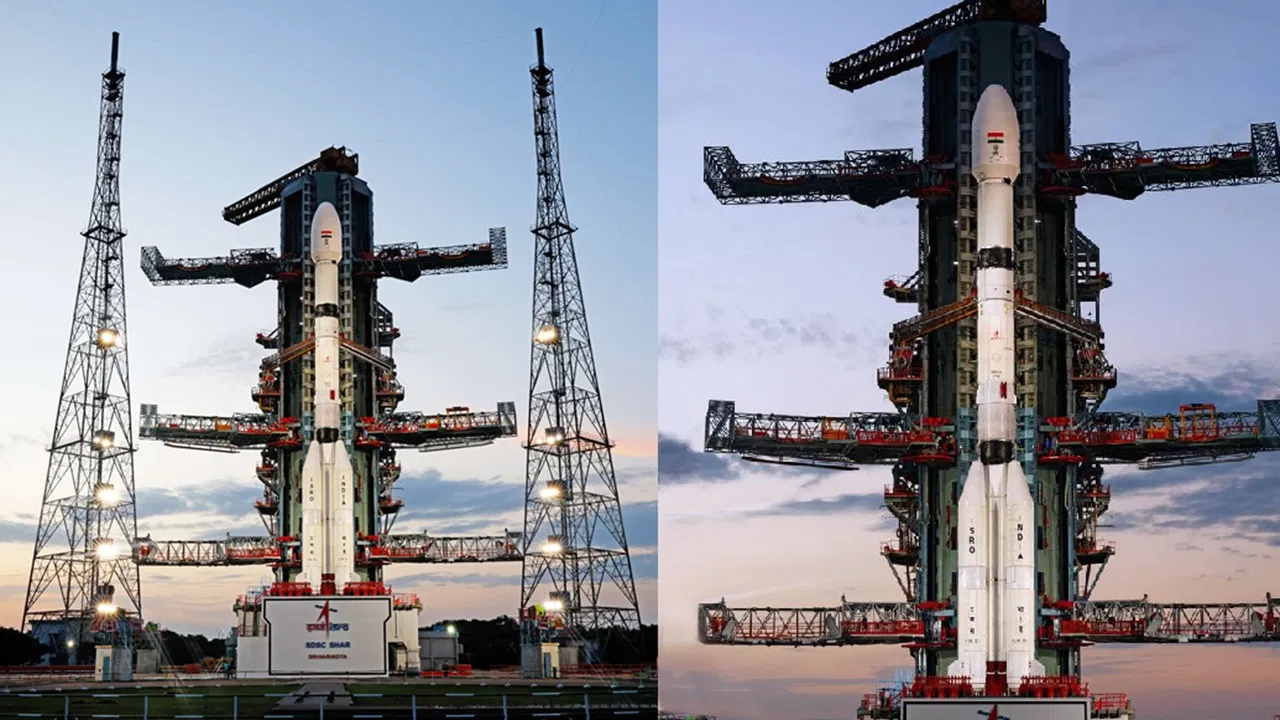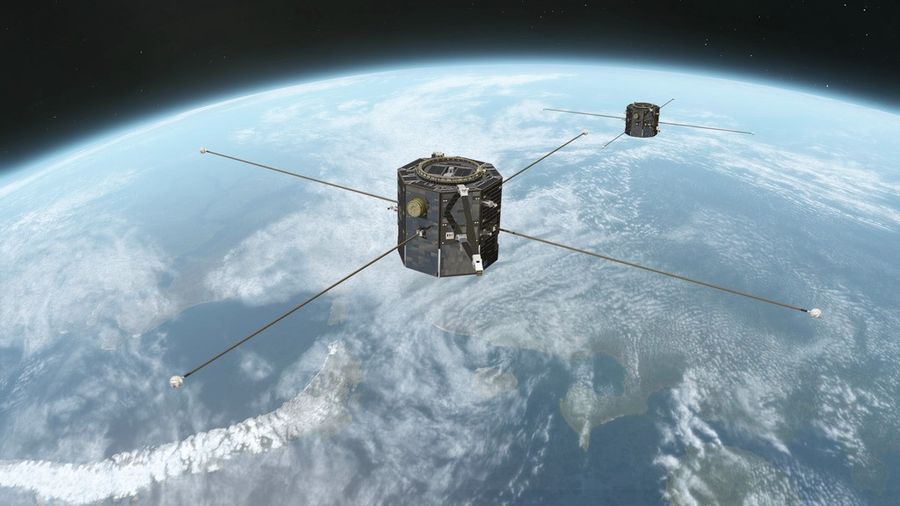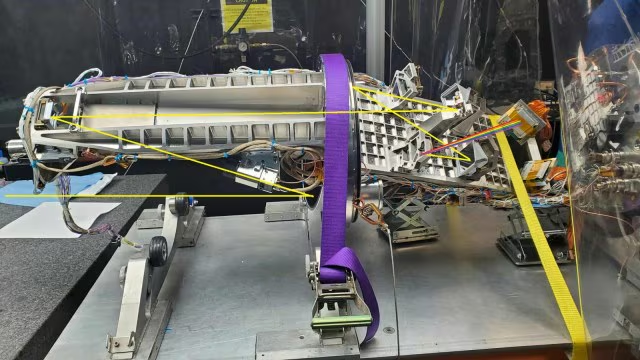




Copyright infringement not intended
Picture Courtesy: DEVDISCOURSE
Astronomers discovered a new ultra-diffuse galaxy forming at the tip of a record-breaking tidal tail extending from the galaxy NGC 3785, about 430 million light-years away in the Leo constellation.
The discovery of NGC 3785's tidal tail sheds new light on galaxy evolution.
It holds the record for the longest tidal tail ever observed, extending 1.27 million light years.
It was first hinted at by a student at the National Centre for Radio Astrophysics (NCRA) in Pune, who noticed the unusually long tail of NGC 3785.
The discovery was analysed by a team that used advanced image processing to measure the tail's length and confirmed it as the longest tidal tail known.
Tidal tails are thin, elongated regions of stars and interstellar gas that extend into space from galaxies.
They form when galaxies experience close encounters or mergers. The mutual gravitational pull between the galaxies causes gas and stars to be stripped from their outer regions, forming two distinct tidal tails—one trailing and one preceding each galaxy.
They can stay long after the galaxies have merged. They are often considered a signature of recent merger activity, offering astronomers indications about past interactions.

In galaxies with tidal tails, approximately 10% of the galaxy's stellar formation takes place in the tails. About 1% of all stellar formation in the universe occurs within these tails.
Tidal forces can strip away significant amounts of a galaxy's gas and eject it into the tail. For example, in the Antennae Galaxies, nearly half of the observed gaseous matter is found in the tail structures.
Some galaxy pairs, like the Antennae Galaxies, have two distinct tails, while others have just one. Most tidal tails are slightly curved due to the galaxies’ rotation, though straight tails may appear straight if viewed edge-on.
The phenomena of tidal tails were first studied by astronomer Fritz Zwicky in 1953. However, there was initial doubt about whether tidal forces alone could cause such thin, long extensions. In 1972, Alar Toomre proved that tidal forces were responsible for the creation of tidal tails.
Must Read Articles:
Source:
|
PRACTICE QUESTION Q.Consider the following statements: 1. Tidal tails are a signature of recent galaxy merger activity. 2. The Andromeda galaxy is confirmed to have the longest tidal tail observed. Which of the above statements is/are correct? A) 1 only B) 2 only C) Both 1 and 2 D) Neither 1 nor 2 Answer: A Explanation: Statement 1 is correct: Two tidal tails—one preceding and one trailing each galaxy—are created when gas and stars are removed from the galaxies' outer regions during the interaction. These tails are considered to be a sign of recent merger activity because they can continue to exist long after the galaxies have finally merged. Statement 2 is incorrect: Galaxy NGC 3785 has the longest tidal tail ever observed, stretching 1.27 million light years. This tail is a stream of stars and interstellar gas pulled away from the galaxy by tidal forces during close gravitational encounters or mergers with other galaxies. |






© 2025 iasgyan. All right reserved